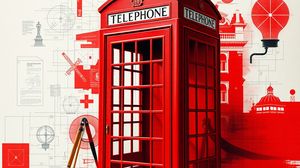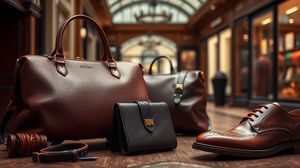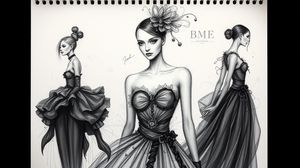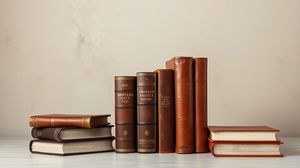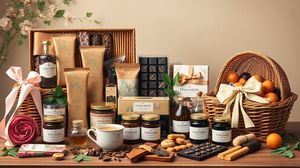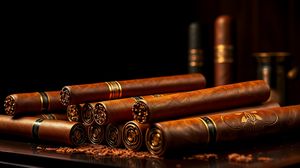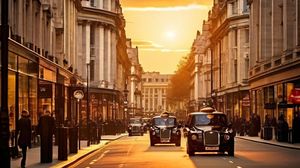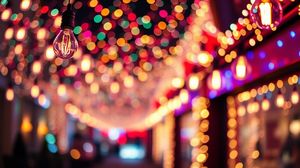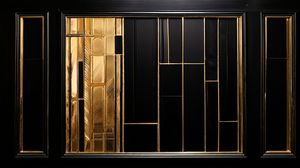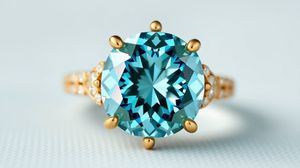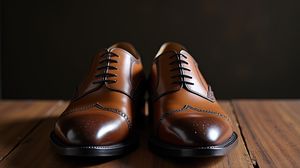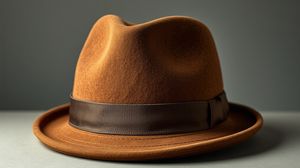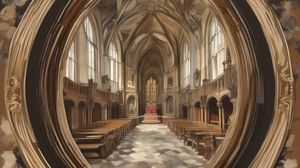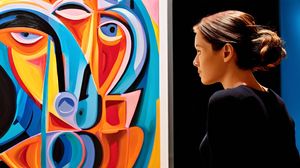
The Royal Academy of Arts, nestled in the heart of London's Piccadilly, is an independent institution that has been democratically led by artists and architects since its founding in 1768. It is renowned for promoting the visual arts through exhibitions, education, and debate, maintaining a significant influence on the art landscape of the UK.
One of the strangest traditions within the Royal Academy is the annual Summer Exhibition, the largest open submission art exhibition in the world. What makes it extraordinary is that it has been held annually without interruption since 1769, even during both World Wars.
The architecture of Burlington House, where the Royal Academy resides, is just as much of a masterpiece as what it houses. Visitors often marvel at its Italianate style, designed by Sir James Pennethorne and modeled after the Italian Renaissance, a true testament to London's architectural diversity.
If you find yourself in the courtyard, look out for the statue of Sir Joshua Reynolds, the Academy's first president and a central figure in art education of the time. His ideas have greatly shaped the discourse on art and remain a captivating subject for visitors today.
The Royal Academy Schools hold a prestigious place in art education, producing notable alumni such as J.M.W. Turner and William Blake. The Schools are known for their secretive nature, being one of the oldest art schools in Britain with admission based on meritocracy and artistic promise.
For art lovers, the historic Royal Academy Library and Archive remains a treasure trove of art literature and rare manuscripts. This extensive collection offers a unique insight into the history of art and the Academy's influential role over the centuries.
Unique to the Royal Academy is the fact that its directorial and artistic decisions are led by a group of 80 Royal Academicians. These accomplished artists and architects ensure that the direction of the Academy remains true to its artistic and cultural roots.

Making the Most of Your Visit:
If you love art with a touch of history, don't miss the opportunity to explore the RA Special Collections Room. It's not on everyone's radar but can offer an unparalleled glimpse into the Academy's rich archives, with beautiful prints and rare art books.
Grab one of the self-guided audio tour devices at the entrance. They are not always advertised but can significantly enhance your experience, providing in-depth commentary on the artworks and the storied past of the RA.
Try to visit on a weekday if you want a quieter experience. The Royal Academy can get busy during weekends or when there's a big exhibition on. A weekday visit gives you the luxury to explore the galleries at your own pace.
Check out the Burlington House courtyard for any outdoor art installations. They often have fascinating and sometimes whimsical pieces that you won't find in the main galleries. You'll also get a beautiful view of the architecture around you while you're there.
If you're around during the Summer Exhibition, take your time to explore the massive diversity of artwork on display. It's not just about the big names; there are often incredible pieces by emerging artists that you'll only find here.

Visiting Times & Costs:
The Royal Academy of Arts is open to the public and offers a wide range of exhibitions and programs throughout the year.
Opening Hours: Generally open daily from 10:00 AM to 6:00 PM, with late openings until 10:00 PM on Fridays. However, specific exhibition times may vary, and it's advisable to check in advance for special events or seasonal changes.
Admission: While access to the building and select exhibitions is free, major exhibitions may have an entrance fee. Ticket prices vary depending on the exhibition, with discounts available for students, seniors, and groups.
Accessibility: The Royal Academy of Arts is committed to providing access for all visitors. It offers facilities such as step-free access, accessible restrooms, and wheelchair loan services. Assistance animals are welcome, and there are provisions for visitors with visual and hearing impairments, including tactile tours and hearing loops.

Address & Map:

Nearby:
